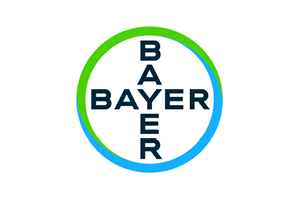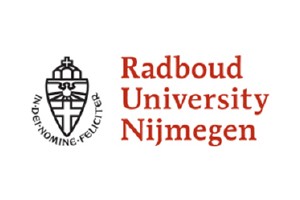At Pivot Park Screening Centre, we develop and carry out many different assay formats (biochemical, cellular, or biophysical assays). A cellular-based assay can be used to evaluate gene, protein or even whole cellular activities and the regulatory mechanisms controlling these activities. Many of our clients/projects therefore use cells in their assays.
In the project described in this blog, a cellular-based assay was developed: seeding cells, adding compounds, measuring cell death by luminescence. Compounds that counteract cell death are considered as primary hits.
I can hear you think: what is so special about that?
The uniqueness of this project was the cell line developed by the client and one-of-a-kind. Therefore, we had to first figure out the best culturing conditions for these cells as they were not growing as fast as we were used to. Unfortunately, after a week we had to throw out everything due to an infection and had to clean the entire lab. Luckily, we always start cell culture for at least two weeks in our quarantine lab to check for (mycoplasm) infections and we did not infect cell cultures of other running projects. After thawing a new vial of cells, in the quarantine lab for another two weeks, cells were confirmed to be free of infection and transferred to the regular cell culture lab for assay development purposes. Hurdle 1: overcome 😊
Assay development went smooth and soon we miniaturized the cellular-based assay in 1536-well format. We were in close contact with the client to optimize cell growth (tips and tricks were constantly exchanged), since we were a bit worried about the growth of these cells. The cell line of the client grew to about 5 million cells per flask whereas we were used to 20 million cells per flask for example using CHO cells. We discussed this with the client and they confirmed that indeed the growth pattern at PPSC was similar to theirs.
Now the biggest challenge:
scaling-up cell culture for screening. During assay development, we figured out that we were not able to run the assay using frozen cells and therefore, we needed to scale large batches of cells for screening ~ 350K compounds within two weeks. To give an impression: per 1536-well plate around 5 million cells were seeded (one culturing flask). So, this means we needed at least one culture flask per plate seeding in total approximately 350 plates including some spare plates. Calculating extra volume per screening day as dead volume, it meant for only screening 50x 1536-well plates we had to culture 50 flasks! You can imagine that screening the entire compound deck within two weeks resulted in huge piling of culture flasks. Next to the challenging logistics, we discovered that at a certain screening day we ended up with 350 flasks in culture. This is really a lot to handle…. Luckily, at PPSC we have enough incubators to house all these flasks and enough hands to deal with large amounts of culture flasks.
There was a positive team spirit at PPSC and at some very busy days two or three extra colleagues were helping with the cell culturing. Altogether, with all extra helping hands and happy cells, the screen went really smooth and within two weeks all 350 compound plates were tested. Hurdle 2: overcome 😊
Currently, we are retesting primary actives in follow-up assays, including primary confirmation and a cellular deselection assay. Hopefully, a selection of the interesting compounds can be made and the client can further triage these hits for e.g. a new therapy.
























